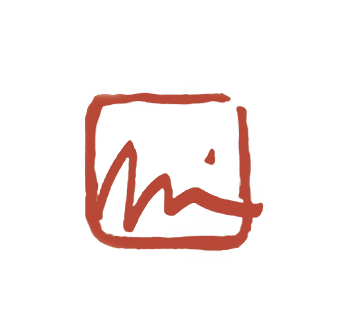Haiku & The Zen Arts
Ikebana was first described in the 6th century; haiku, on the other hand, didn’t get popular for another 600 years. So while photography isn’t currently a “temple art”, its time has arrived. Photographs are transitioning from their first 100 years as a utilitarian form of communication into a 21st century art form divorced from its initial utility, in much the way calligraphy or archery have evolved. Here are the arts that provide principles useful in our photographic explorations.
Haiku
This simple and traditional poetic form is defined as 3 lines, of 5-7-5 sounds in each—a highly formal structure. Deeper exploration reveals there are both content and structural features that define this form. Haiku were always meant to be popular and democratic—that anyone could make them, and they were relatively easy to appreciate.
How admirable!
To see lightning and not think
Life is fleeting
(Basho)
Kintsugi
Kintsugi takes ordinary ceramics, made worthless by being broken, and transforms them into elegant artworks by fixing them with gold. What was once cheap and common rendered delightful; flaws, instead of being hidden, are not only revealed but highlighted.
Bonsai
The thoughtful, slow, and methodical tuning of a tree, sometimes over decades, produces magical miniatures—the full complexity of nature reduced and simplified. Bonsai is about time; a reminder of patience and planning, and also of the effort to remove the obvious hand of the creator in the process.
Ikebana
The Zen art of flower arranging has developed into a number of established schools, each with a unique aesthetic point of view. But all schools share approaches concerning balance, harmony, line, space and shape that nicely speak to composition. The flowers are collected from daily life, the creations are neither flashy nor excessive, and each is carefully crafted, with flower positions precise, both being highly produced and still looking organic and harmonious.
Enso
In a single stroke, a single breath, a circle is drawn. The enso is said to capture a moment, revealing the hand of the artist in all it’s flawed beauty and perfect imperfection. Enso artists engage in a practice—of preparation and repetition.
Origami
A simple sheet of paper, through clever (and frequently humorous) manipulation, becomes a little delight; origami is a paper art, about the tactile and physical, about approximations and imperfections.
These ideas are galvanizing the global haiku community:
Presence
Britain's leading independent haiku journal.
Issue 78; March 2024 - article “The Photograph as Haiku” www.haikupresence.org
Frogpond
The journal of the Haiku Society of America
Issue 46:2-Spring-Summer 2023 - book review by NICHOLAS KLACSANZKY on “The Photograph as Haiku”
Upaya Haiku Festival
Presenting at the Upaya Zen Center’s Haiku festival — alongside Kaz Tanahashi, Natalie Goldberg, and Roshi Joan Halifax (March 2023)








